Subtotal: €35.00
The answer is as soon as possible – especially if you have another physical event soon after the effort you are recovering from.
To consider whether icing immediately after exercise helps recovery and the outcome of a subsequent physical effort, we reviewed a research study entitled Effect of Immediate and Delayed Cold Water Immersion After a High Intensity Exercise Session on Subsequent Run Performance, by N. Williams et al, published in the Journal of Sports Science and Medicine in 2011.
The researchers put well-trained, male athletes through a demanding high intensity interval session (HIIS) to inflict exercise strain. The researchers measured heart rate and blood markers to ensure for a consistent level of exertion. The athletes then recovered in 3 different ways:
Exactly 24 hours after their exercise effort the participants returned to the laboratory to undertake a Beep Test – also known as the Yo-Yo intermittent recovery test - to evaluate the level of physical performance.
When analysing their findings, the researchers could report a statistically significant (98%) positive impact from immediate cold water immersion (CWI) compared to those who just rested.
When CWI was delayed by 3 hours the researchers found that likely positive impact from CWI vs no immersion and just rest fell to 92% - still high but no longer deemed significant.
Analysing the data collected, the authors could also attribute a greater benefit, with 79% confidence, for those using the cold therapy immediately compared to the delayed application.
| CON | CWI(0) | CWI(3) | |
| Shuttles completed | 32.4 (5.0) | 37.9 (8.6) | 35.7 (7.8) |
| Plasma blood lactate | 7.4 (1.6) | 7.3 (1.4) | 7.5 (1.2) |
| Heart rate | 185 (9) | 187 (10) | 186 (7) |
Before performing the Beep Test, but after a standardized 20-minute warm-up, the athletes rated themselves on the Total Quality Recovery Scale (TQRP) as well as the Likert scale for muscle soreness.
The researchers reported that the TQRS scores mirrored the performance findings with a significant different between the CWI protocols and the resting protocol. The measure for muscle soreness did not deliver a statistically significant outcome.
The researchers also considered the changes in C-Reactive Protein (CRP) measures in the blood when compared to baseline levels taken before the bout of high intensity exercise. CRP is understood to play a regulating role in inflammation – a known consequence of intense exercise.
Again, there was a statistically significant difference between receiving immediate cold therapy immediately and no cold therapy while delayed cold therapy approached a statistically significant level (p = 0.073).
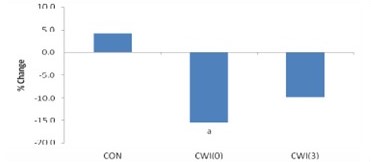
Summary findings:
Utilising Cold Water Immersion immediately and after a delay has a positive impact on performance, perceived recovery and inflammation.
The qualitative and quantitative findings suggest that immediate CWI was more beneficial to delayed immersion but that both were advantageous compared to rest as a recovery modality.
This is especially important for athletes who have another competitive performance imminently.
[blog links]
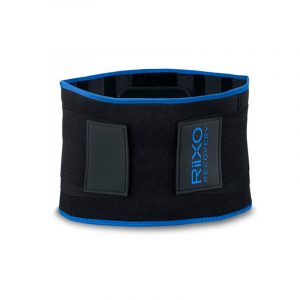

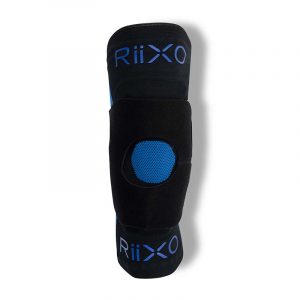

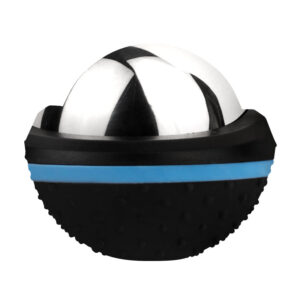
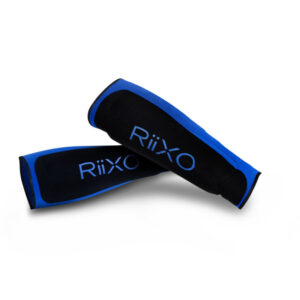
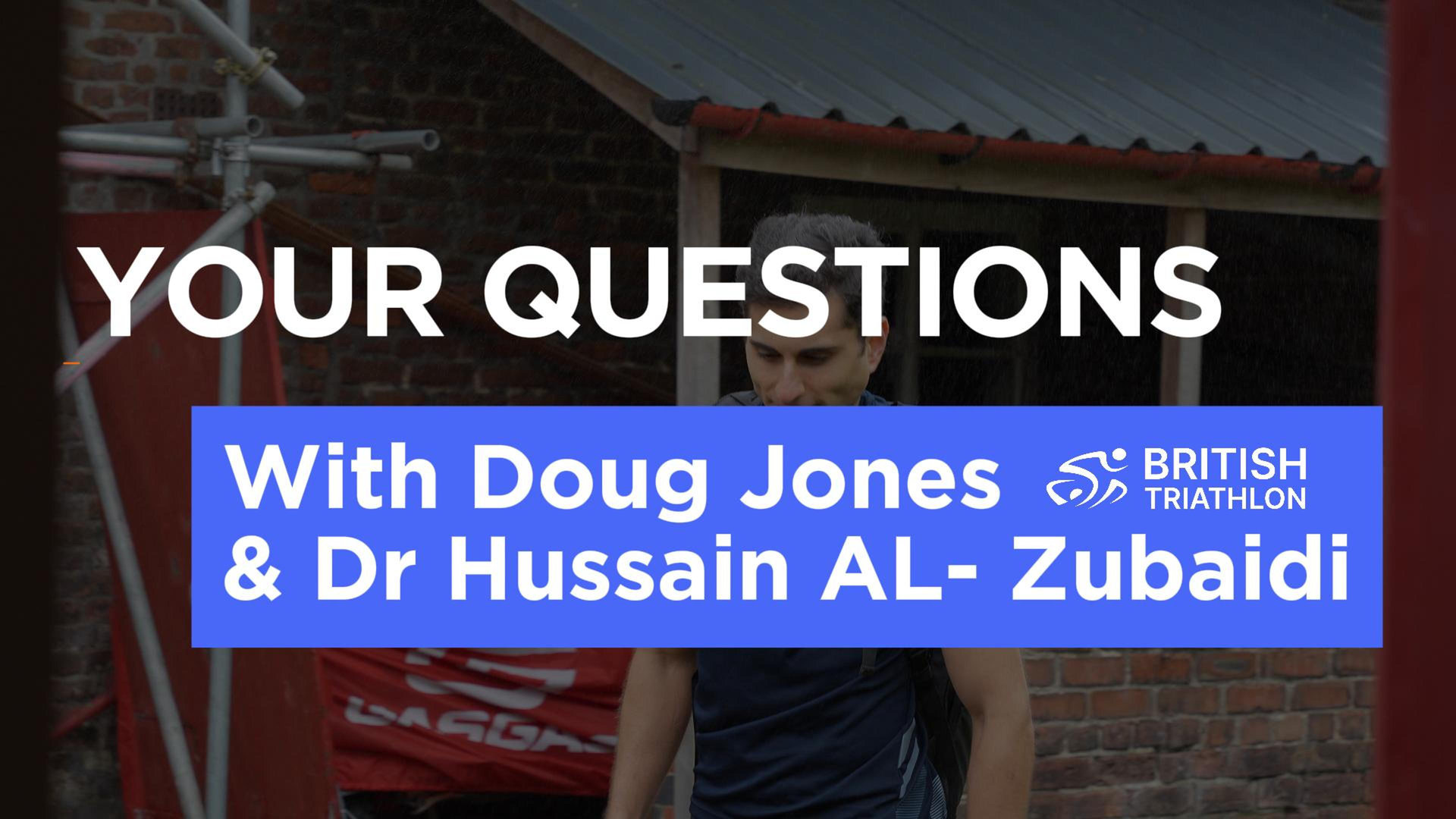 British Triathlon: Recovery Questions Answered
British Triathlon: Recovery Questions Answered
 The Injury Risk Equation
The Injury Risk Equation
 LJMU Study Findings
LJMU Study Findings
 What are shin splints?
What are shin splints?
 How to treat shin splints [2021]
How to treat shin splints [2021]
No Thanks – I’ll pay full price
Close Window
Close Window